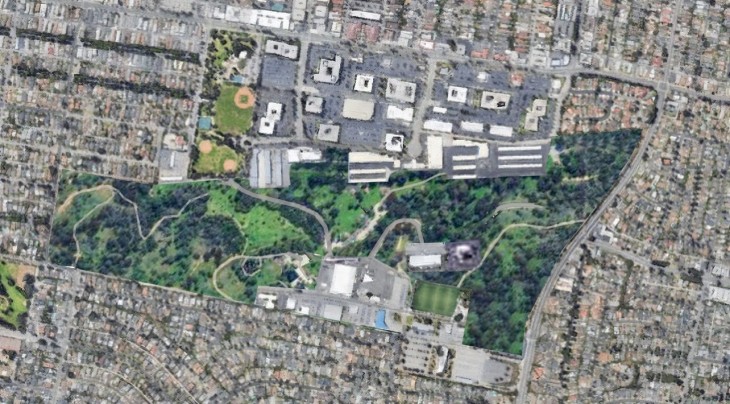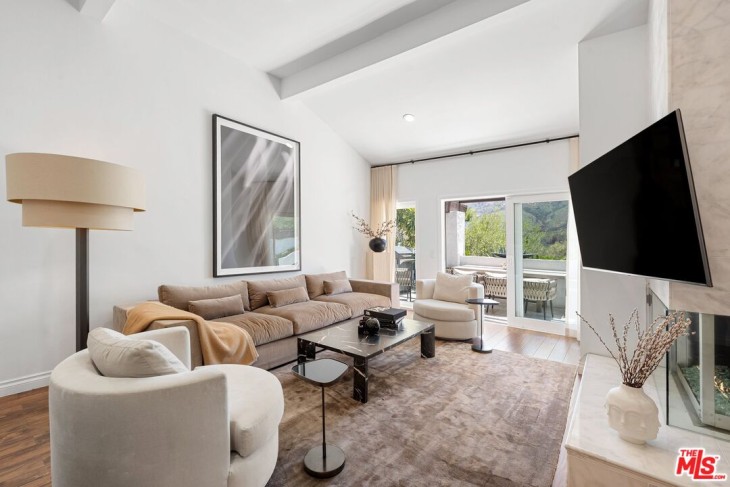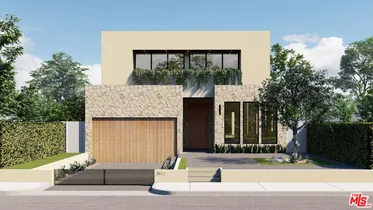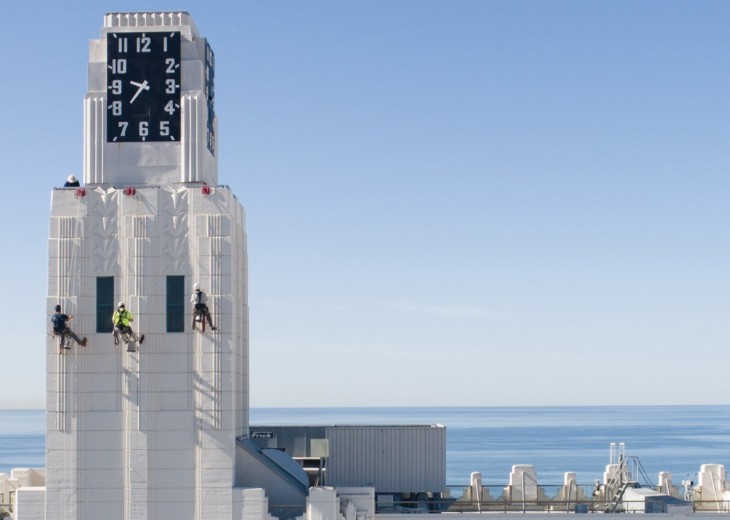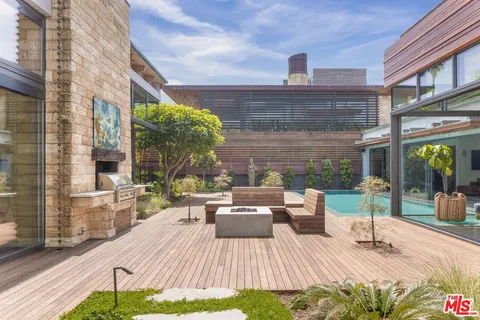
In the last month your City was forced by the State of California to approve the construction of about 16 projects totaling over 4,562 new units (941 are affordable). These are a wide variety of projects: apparently the smallest is 34 units (6 stories) and the largest is 2,000 units (15 stories). These projects all have in common that 20% of their units must be affordable and that they are entirely exempt from all local zoning codes for height, density, floor area ratios, etc. They are given this carte blanche because of a 30-year-old law (SB 2011) that says that any 20% affordable project of any size gets automatic approval if it is applied for during a time window that a city does not have a compliant Housing Element on file with the State.
What is a Housing Element?
For a little back history, Housing Elements are a way that the State forces local cities and counties to build more housing. These Housing Element documents have to be updated every eight years and require a city to show how their zoning and other incentives, will allow that City, over the next eight years, to permit the building of sufficient units to meet the Regional Housing Needs Assessment (RHNA) numbers. The RHNA target number between 2021 and 2029 for our city is about 9,000 units and about 6,000 of them have to be affordable. This requirement for each City to upzone its zoning codes to meet the RHNA numbers has been going on for 40 years. Every eight years the State assigns a City its RHNA target and the City shows, by submitting a revised Housing Element, how it can meet that target. The State then reviews the Housing Element and, if it finds it sufficient, approves it giving that City the so-called “compliant housing element” blessing.
The process sounds simple enough but in reality, is based completely on flawed assumptions. First, it involves wild guesses. Who really knows how many units a city really needs and equally importantly can build in the next 8 years? How can a City estimate how development will unfold during for example a forthcoming recession, or ongoing drought, or the next earthquake or the impact of a pandemic (about 250 Santa Monicans have died to date of Covid)? In a City whose population has flatlined at 90,000-93,000 for the last 10 years, how can we say that 8,895 new units (about 18,000 new residents) are suddenly needed when natural growth projections say we will only need about 1,100 new units in the next 8 years. On a larger scale, the State which has a RHNA allocation of 2,500,000 units and is literally running out of water and power, actually lost about 300,000 residents in the last 2 years (2020 & 2021). In Southern California, the entire inconsistent RHNA edifice was built on the unsupported assumptions that the region’s resident count was going to grow by 3.3 million (17%) in the next 26 years but that Santa Monica had to provide housing for an over 20% population increase in the next 8 years. Santa Monica has not seen that kind of population growth since the 1940s.
A Cloudy Crystal Ball
Second on a local scale, we have been very poor at guessing which properties will actually be developed for new housing. In their Housing Elements cities must specify exactly which actual properties are suitable for development. In Santa Monica’s last 8-year cycle, only about a third of the properties identified as suitable by the 2013 Housing Element were subsequently developed. The poster child for this inability to predict which projects will be developed, is the much-maligned Gelson’s project (500+ units at Ocean Park and Lincoln Blvd.) which was not even on the City’s list of suitable sites for the currently proposed housing element. Making Cities guess which specific properties will develop to meet an imaginary RHNA number is one of those idiotic “make work” futile planning exercises that sucks up a lot of staff time and means that they have to actually up zone for 13,000 units instead of 8,895 to cover the error range of their crystal ball.
Finally, the State only specifies the number of units and percent affordable. It makes no provisions for the kind or quality of units or of options for ownership. So, for example in our city, the scarcity of 2–3-bedroom units is totally depopulating our school district. The relentless emphasis of developers on new profitable studios and one-bedroom units (Gelson’s has no 2 or 3-bedroom units proposed), means this depopulation will continue far into the future. The lack of 2–3-bedroom units also means students can’t live with roommates (making their higher education more expensive) families wanting to have children must move out of Santa Monica and likewise multigenerational families are equally unwanted in our City. The actual problem of increasing ownership is even more acute in our 71% renter City. Affordable ownership housing, say through land trusts, limited equity cooperatives, and other low-cost ownership alternatives, would be very beneficial for a city permanently banishing its low and mid-priced residents who want to own.
A simple Scam
When your City is given wildly inflated RHNA numbers, you know there is a scam at work. The scam is quite simple. In the last approximately five years the development industry, with massive contributions from Silicon Valley captured the State legislature. Using the myth that local controls prevented housing from being built, those captive legislators wrote (and are still writing) dozens of coercive State bills to gut local planning authority and give the development community free rein to develop massive projects anywhere in the state. The governor, also captive to the development industry contributions, happily signed those bills essentially neutering all local zoning control. But the coercion had already started in 1990 with the passage of SB 2011. That poorly written law said that any developer had free rein to build anything, as long as it contained 20% affordable units, when a city had failed to get their Housing Element approved (e.g. made compliant) in a timely manner. This law, often called a ‘builder’s remedy”, was a sleeper land mine waiting to go off.
During the last 30 years there was a massive statewide failure to meet the RHNA numbers by other cities: Santa Monica on the other hand was generally in compliance. At that time RNHA was suggestive, that is not mandatory, because it had no enforcement provisions. But also at that time it was not very hard to show compliance when getting a Housing Element approved. During that period application of “builder’s remedy” was so rare that most people forgot its dangers.
But the entire environment changed when Santa Monica’s RHNA units ballooned from 1,674 units 8 years ago in the prior (5th) cycle to 8,895 units in the current (6th) cycle just because we have, allegedly, lots of bus stops. Of the total number of new RHNA units in Santa Monica, roughly 7,900 (87%) were justified on the basis of these bus stops. And what is LA Metro’s strategic plan best case scenario for all that bus travel? A bus trip is to be no more than 2.5X slower than driving. It’s already worse than that now.
An Impossible assignment
Santa Monica’s planning had to pivot onto a plan that was 5.5x the size of anything that had come before. That kind of increase requires up-zoning the entire city with the attendant public debates, workshops, Environmental Impact Reports etc.. This urban redesign takes time and most cities struggled to make it on time, particularly since this coincided with the Covid crisis which gummed up everyone’s planning work.
So the City scrambled to prepare a Housing Element requiring massive up zoning for an imaginary population explosion simultaneously while its water and power reserves are crashing. They were trying to meet an unsatiable housing element law that was designed to a create a permanent pauperized renter class that can be squeezed by landlords forever because they can never get the benefits of ownership. And it was also designed to stick our head even deeper in the global warming noose since no requirements are made for renewable energy powering all these new high rise units and their electric cars.
Nonetheless your City persevered and submitted its housing element in a timely manner in mid-October 2021 but the State rejected it on February 8, 2022 on flimsy grounds. That made the City vulnerable to the “builder’s remedy” law because technically we did not have a compliant Housing Element since mid October 2021. Altogether 191 jurisdictions (out of 197 jurisdictions) in the our SCAG region were caught in the same trap. The State’s gross rejection of so many submitted Housing Elements, while not addressing a 32-year-old loophole was the definition of bad faith negotiation in this first round of an unprecedented scaled-up RHNA process. The State’s rejection of all those Housing Elements was a cynical attempt to keep the door open for as long as possible to encourage as many oversized “builders remedy” projects as possible. This is precisely what happened and how we got a 15-story project in a 2 story neighborhood. This statewide massive element rejection also suggests collusion at the highest level. Your City has been vulnerable to this “builder remedy” law for an entire year, till it finally got its Housing Element approved last week.
Warnings Missed?
While there were distress signals along the way, those that were flying the plane never saw the mountain they hit. First, the pre-2020 City Council happily accepted the fictitious 9,058-unit RHNA target. They failed to organize resistance with other cities facing similar impossible fake numbers. The newly elected 2020 City Council members tried to generate some resistance but were stymied by the others.
When the Housing Element was discussed in the October 12, 2021 City Council meeting, the risk on one of the possible dangers of not having a compliant housing element was described as:
“…the City may not be able to deny a housing project that provides at least 20% of units affordable to lower income households, even if the project exceeds the City’s height and FAR maximums in the LUCE or Zoning Ordinance”.
The PowerPoint that was presented at the meeting stated the risk as follows:
Possible Loss of Local Control (Housing Accountability Act) for Projects with at least 20% affordable units on site.
With Adoption of Compliant Housing Element Projects on sites identified on SSI are allowed to proceed even if they exceed Zoning/LUCE.
Maintaining Housing Element Compliance through Future Actions – Failure to implement Housing Element still allows housing projects with at least 20% affordable units to proceed even if they exceed Zoning/LUCE.
The risk was neither described as a “Builder’s Remedy” nor was it phrased as absolute (notice the word “may” in the first quote and “possible” in the second quote). Moreover, in the 32 years since it’s been on the books, there has been no legal precedent on the use of the “Builder’s Remedy” provisions of the state code until now. Moreover, a UC Davis land use legal expert on California RHNA land use (Christopher S. Elmendorf) noted that the most probable reason why the “Builder’s Remedy” has not been used was that it “…is so poorly drafted and confusing that developers of ordinary prudence haven’t been willing to chance it.”
To add more confusion to this issue, Mr. Elmendorf has noted that the interaction of other state statutes which were “…enacted as a companion to the Housing Element Law, provides that a city shall not be required to zone any parcel in an urbanized, residential area for ‘densities that exceed those on adjoining residential parcels by more than 100%.’ (Gov’t Code § 65913.1(b).) A court might construe this as an implied limitation on the density of a builder’s remedy project.”
So, while the city included the boilerplate language to the October 12, 2021 staff report and the PowerPoint deck, the tentative wording made a reasonable person to judge the risk to be minimal. Moreover, that risk had to be weighed against the objectives of achieving a balanced outcome for the city, which was very difficult based on what the prior council had done.
Path Forward?
The first thing that should happen is the City should notify the neighbors within say 300’ of the 16 properties that plans have been filed near to you, that exceed the current local code. People are entitled to know what is happening behind their backs. How would you like a 15-story, 2000 unit building to suddenly appear next door?
Second the City Council should initiate a legal study to answer such questions as do the penalties in SB 2011 (1990) apply in the current and radically changed RHNA legislative framework, during the period of time that good faith Housing Element negotiations with the State were continuing during a covid crisis that had provided some time frame extensions? This is a legal question that should be studied along with the issues raised by Mr. Elmendorf. In the context of the current election, unfortunately the larger political groups SMRR, Forward, etc. and their endorsees, who should know better, have swallowed the myth that the City should and can grow by 20% in the next eight years. So it is unlikely that they will, if elected, try to limit RHNA’s oversize damage to an essentially low rise seaside town.
Finally, and this is where you come in, my patient reader, vote for two candidates we believe will try to limit the damage of this draconian “builder’s remedy”: Armen Melkonians a long term smart growth advocate and Lana Negrete an independent incumbent who runs a beloved small business in your City.
By Mario Fonda-Bonardi AIA
S.M.a.r.t Santa Monica Architects for a Responsible Tomorrow
Thane Roberts, Architect, Robert H. Taylor AIA, Ron Goldman FAIA, Architect, Dan Jansenson, Architect & Building and Fire-Life Safety Commission, Samuel Tolkin Architect & Planning Commissioner, Mario Fonda-Bonardi AIA & Planning Commissioner, Marc Verville M.B.A, CPA (Inactive), Michael Jolly, AIR-CRE.
For previous articles see www.santamonicaarch.wordpress.com/writing




